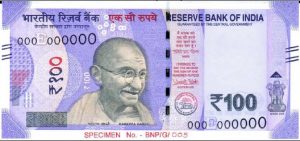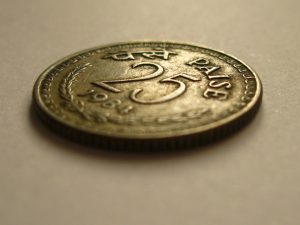Monetary Aspect
Cow related products account for a large portion of India’s GDP. By creating a ban on beef, there will be widespread repercussions within the country affecting how money works around cattle. The lower class in India will be most affected by this beef ban because not only do they consume the most beef, they also work in the cattle industry as herders, dairy farmers, and slaughterers, meaning they could potentially lose their income entirely (Basu 746). Instating this ban on cow slaughter and potential ban on all cattle trade could cripple this country’s economy and affect their environmental sustainability (Sanford 68).
Cows are not the only bovine animals in India. Buffalo are also used in agriculture, and have their own symbolic meanings: masculinity, the color black, death, blood, demons, meaty diet, and impurity (Nadal 83). In terms of agriculture, buffalo often exceed cows because of their worth and demand. As they are larger and produce more abundant milk, buffalo milk is typically in higher demand and more expensive than cow milk. They are also stronger and more adaptable, resulting in buffalo being considered the better draught animals around eastern and southern India (Nadal 83).
India’s milk market is separated into modern and traditional outlets, where the modern ones include dairy cooperatives and private processings firms, while the traditional ones include local milk traders, small-scale dairy processors and consumer households and are more common in remote areas (Kale, Rajiv B., et al. 260). Although, there is an emergence of modern milk-marketing chains Indian’s traditional outlets persist.
 Some studies indicate that the poor will be negatively impacted by the modern marketing outlets, while others state that it will improve the linkage between the buyers and smallholders in developing countries, and supplying milk to cooperate and multinational sectors will bring higher profits for them. A study based on a latest nationally representative household-level data shows that the integration with modern milk-marketing chains has a positive effect on the food security of dairy farmers and the net returns will be greater (Kale, Rajiv B., et al. 263). As a result, the usage of cows for milk production will continue to bring a positive impact to individuals and India’s economy, despite the cow ban.
Some studies indicate that the poor will be negatively impacted by the modern marketing outlets, while others state that it will improve the linkage between the buyers and smallholders in developing countries, and supplying milk to cooperate and multinational sectors will bring higher profits for them. A study based on a latest nationally representative household-level data shows that the integration with modern milk-marketing chains has a positive effect on the food security of dairy farmers and the net returns will be greater (Kale, Rajiv B., et al. 263). As a result, the usage of cows for milk production will continue to bring a positive impact to individuals and India’s economy, despite the cow ban.
Back to Section Introduction — Scroll down for Bibliography
